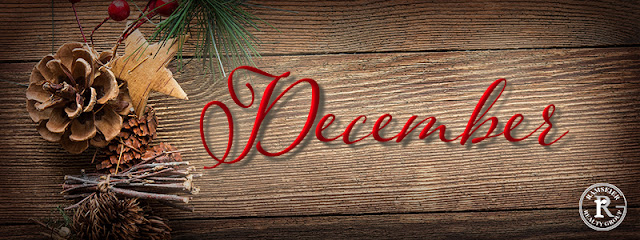The Great American Total Solar Eclipse - What To Watch For
The countdown is on. At the date of this article, we are a mere 5 days away from the Great American Total Solar Eclipse. With that in mind, we wanted to do a little research so we are educated in all the facets of what we can experience during totality. We don’t want to miss a thing!
To begin, let’s talk about exactly what happens during a Total Solar Eclipse. According to the space experts, aka NASA, a solar eclipse happens when the moon ‘moves between the sun and Earth. When this happens, the moon blocks the light of the sun from reaching Earth. This causes an eclipse of the sun, or solar eclipse. During a solar eclipse, the moon casts a shadow onto Earth.’ source When a total solar eclipse happens, not everyone on Earth is positioned to view it. It’s really only visible from a small geographic line across the Earth, referred to as the path of totality. We, here in St. Joseph, happen to be located right in the path of totality. The center most area of the line sits within what’s called the Umbra. The Umbra is the darkest part of the shadow cast by the moon across the center of the line. As you move outward away from the Umbra you move into the Penumbra. People located in the Penumbra will see a partial eclipse rather than a total eclipse.
photo credit | timeanddate.com
HOW FREQUENTLY DO TOTAL SOLAR ECLIPSES HAPPEN?
According to Space.com, a total solar eclipse happens someplace on Earth about every 18 months. Determining when one happens and where it can be seen from Earth requires a lot of really hard math, to put it simply. Even after these incredibly intense calculations (usually done by a computer), scientists can only predict an ‘average’ of how frequently total eclipses can be seen from a specific point on Earth’s surface. Based on this calculated average, St. Joseph won’t see another total solar eclipse for another 375 years. Source
WHAT TO WATCH FOR
It cannot be stressed enough the importance of wearing eclipse glasses for safety when viewing the eclipse.
- The Corona. Simply put, ‘the corona is the outermost part of the sun’s atmosphere’ (source). We usually can’t see the corona because, well, you really shouldn’t be looking directly at the sun. Let’s say, hypothetically, you did look directly at the sun, you wouldn’t be able to see the corona because it would be masked by the sheer brightness of the sun, itself. During a total solar eclipse, these gases can be seen. They look like rays and ribbons of light dancing around the sun.
- Cloak of Darkness. According to Space.com, ‘Just before and just after totality, observers can see this cloak of darkness moving toward them across the landscape, and then moving away.’ source
- Stars and Planets. As the sky grows darker while the moon is moving in front of the sun, stars and planets will begin to appear. You’ll be able to see are Jupiter, Mercury, Mars, and Venus. Here’s a great article outlining when and where, in the sky, to look for the planets and several stars: See 4 Planets During 2017 Solar Eclipse
- Shadow Bands. According to Space.com, not everyone can see shadow bands. Wikipedia defines shadow bands as ‘thin, wavy lines of alternating light and dark that can be seen moving and undulating in parallel on plain-colored surfaces immediately before and after a total solar eclipse’. Here’s a link to a video with an example of shadow bands seen during a 2012 eclipse: https://youtu.be/f_XMnU7Ad40 They’re quite faint, but certainly visible on the side of the car.
- Crescent Shadows. The small gaps in between objects, such as tree leaves, act like pinhole cameras. They are always projecting the sun’s image to the ground, we just don’t ever notice this because the images all blend together. During an eclipse, the images appear as crescents, making them easily identifiable. Here’s a great example:
Photo | Ellywa, Wikimedia Commons
During totality, animals might become confused. Most domestic animals will be unaffected because they’re accustomed to being in darkness during the day and light during the night due to lights being turned on and off in the household. But non-domestic animals may become confused. Bats may take flight, roosters might crow, etc.
Remember, all of this will happen very rapidly so pay attention. Use certified eclipse glasses for safe viewing of the sun. Glasses should only be removed briefly during totality and immediately put back on when the moon starts to move out of the path of the sun. Most importantly, soak it up! It may well be the only opportunity we have to experience a total solar eclipse in our lifetimes.
Remember, all of this will happen very rapidly so pay attention. Use certified eclipse glasses for safe viewing of the sun. Glasses should only be removed briefly during totality and immediately put back on when the moon starts to move out of the path of the sun. Most importantly, soak it up! It may well be the only opportunity we have to experience a total solar eclipse in our lifetimes.




Comments
Post a Comment